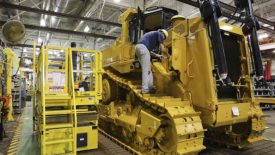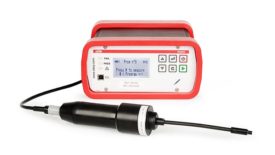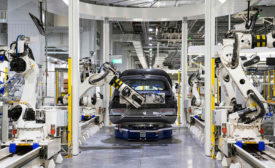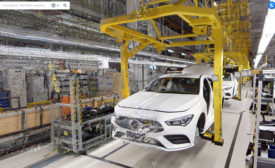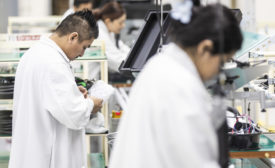Automotive Assembly
Assembly Lines
Auto Industry to Invest Billions in Digitalization Initiatives
January 17, 2024
Get our new eMagazine delivered to your inbox every month.
Stay in the know on the latest assembly trends.
SUBSCRIBE TODAY!Copyright ©2024. All Rights Reserved BNP Media.
Design, CMS, Hosting & Web Development :: ePublishing

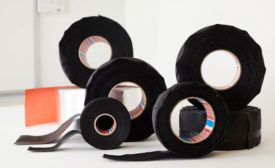

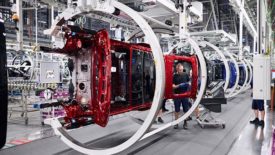

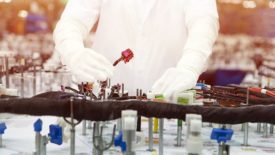
.jpg?height=168&t=1706147794&width=275)
